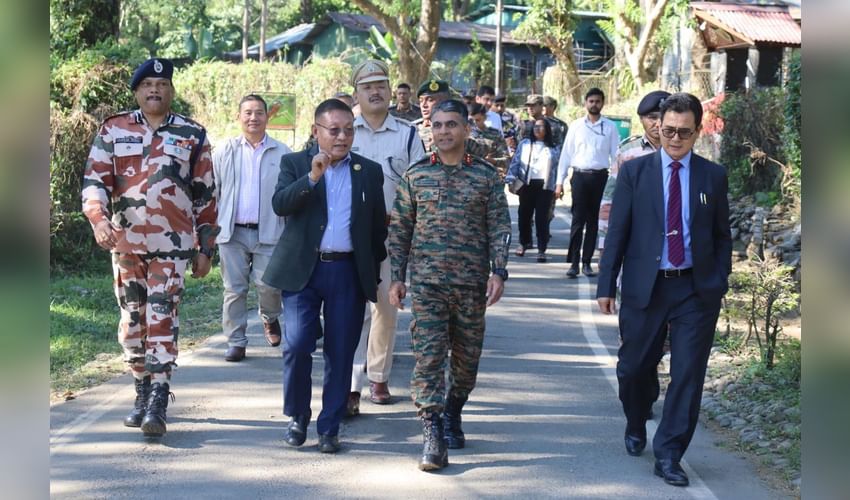Military
Indian Army's 'Samanjasya' exercise strengthens military-civil fusion in Arunachal
Published On Tue, 18 Nov 2025
Asian Horizan Network
0 Views

New Delhi, Nov 18 (AHN) The Dao Division under Spear Corps of the Indian Army on Tuesday conducted Exercise Samanjasya – Military Civil Fusion, an initiative aimed at bolstering cooperation between the Indian Army and key civil stakeholders.
Organised by the Division in close coordination with the civil administration of Lohitpur, Namsai and Roing (Arunachal Pradesh), the exercise focused on fostering an integrated approach toward security management and efficient resource utilisation during operations.
The event brought together representatives from the Army, civil administration, police, paramilitary forces and other essential agencies.
“Detailed deliberations and practical coordination activities were carried out to enhance preparedness, streamline response mechanisms and safeguard critical infrastructure in the region,” said a defence official.
The exercise highlighted the importance of seamless synergy among all stakeholders to address evolving challenges in the contemporary security environment.
Exercise Samanjasya reaffirmed the Indian Army’s commitment to collaborative planning and whole-of-government approaches, ensuring collective resilience and effective management of future contingencies.
The initiative marked a significant step toward strengthening Mil-Civil Fusion, aimed at securing the region and enhancing operational effectiveness across all domains.
Notably, in September, in a significant demonstration of preparedness and unity, the Indian Army, State Disaster Response Force, Police, Indo-Tibetan Border Police, and Civil Administration jointly conducted a large-scale earthquake response mock drill in Along, West Siang District of Arunachal Pradesh.
The exercise simulated a powerful 7.8 magnitude earthquake across five different sites, designed to test the speed, coordination, and efficiency of multiple responding agencies under realistic conditions.
The mock drill highlighted key aspects of disaster readiness: improved communication networks, stronger logistical support, and seamless coordination between military and civil agencies.
This exercise was not only a test of operational capability but also a reaffirmation of the bond between the armed forces and the civil administration.
It emphasised that disaster management is not the responsibility of a single agency, but a shared duty that requires synergy, trust, and mutual support.



